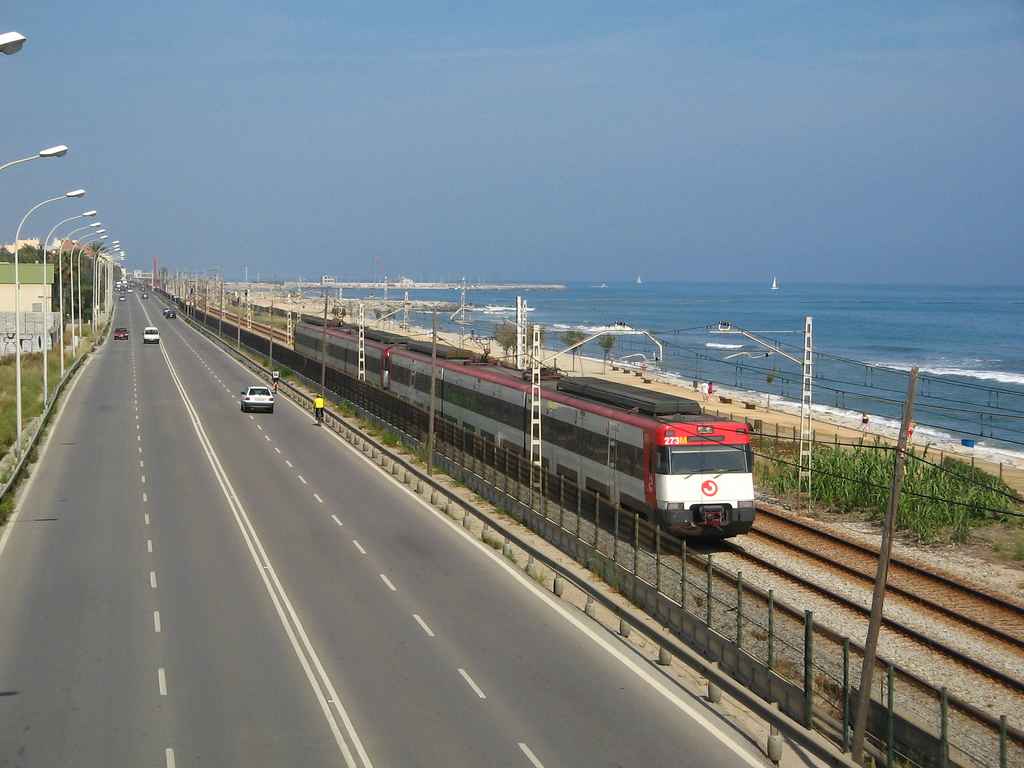The transportation industry in India has been known for the significant contribution in the development of Indian economy, by also supporting various other industries, including agriculture, infrastructure, mining, etc., to grow. Out of several means of transportation such as road, rail, water and air, road and rail have proven to be responsible for shipping a maximum number of cargo throughout India. Here, we will compare both the modes of surface transportation on various aspects and see how they contribute to India’s economy.
Contribution to GDP
The freight industry has been growing at the rate of 8.5% per annum. The logistics sector has a major role to play in increasing India’s GDP, by contributing 6.5% in 2012-13, which has grown from 6% in 2001-02. This is due to the increase in road transportation to 4.9% from 3.9% within the same duration. On the contrary, railways show the reduction in their GDP share from 1.2% in 2001-02 to 0.9% in 2012-13.
Due to the large number of privately-held road transport companies, there is a fierce competition between them, which has led to the reduction in shipping costs. While railways being operated by government, minimal rise and fall in prices have been noticed.
Freight Movement Traffic
Today, railways and roadways are considered the most crucial modes of transportation. The rails being the major medium initially, road transportation has dominated the industry over the past few years. While the railway traffic share in 1950-51 was tremendous 80%, roadways managed to take over 65% in 2011-12. Even though Indian Railways transports nearly one billion tons of goods every year, which is a considerably a high number, railway system achieved growth of only 1% in 2015-16 as compared to 4-4.5% in the past recent years.
The major causes for the shrinkage of this percentage are expensive fares, limited capacities and extreme competition. And, therefore, road transportation succeeded to overtake railways in the last couple decades. Also, railways lag behind when it comes to providing satisfactory customer service, where the construction of new highways have opened possibilities of doorstep service, which further boosted the demand for roadway freight movements.
Reflection of Freight Traffic
National Transport Development Policy Committee predicts that the projection of freight movements by road vs. rail transportation would be 50:50 of 2031-32 as compared to present scenario of 65:35 in 2017. These calculations are based the assumptions that the growth rate is 1.2 times the growth rate of GDP.
There is an assumption of 15% increase in railway transportation within the next 15 years, which has been focused to reduce environmental pollution and encourage green transportation. This will impel logistics industry to take up the rails and waters as more eco-friendly transportation modes.
Bottom Line
Although roadways are currently ruling the freight industry, truck owners will have to adopt environmentally-friendly ways in order to sustain in the logistics market. Otherwise, they may be pressured to shut down or invest in other ways if these issues are not addressed. This may reflect a drastic change in the transport sector.



